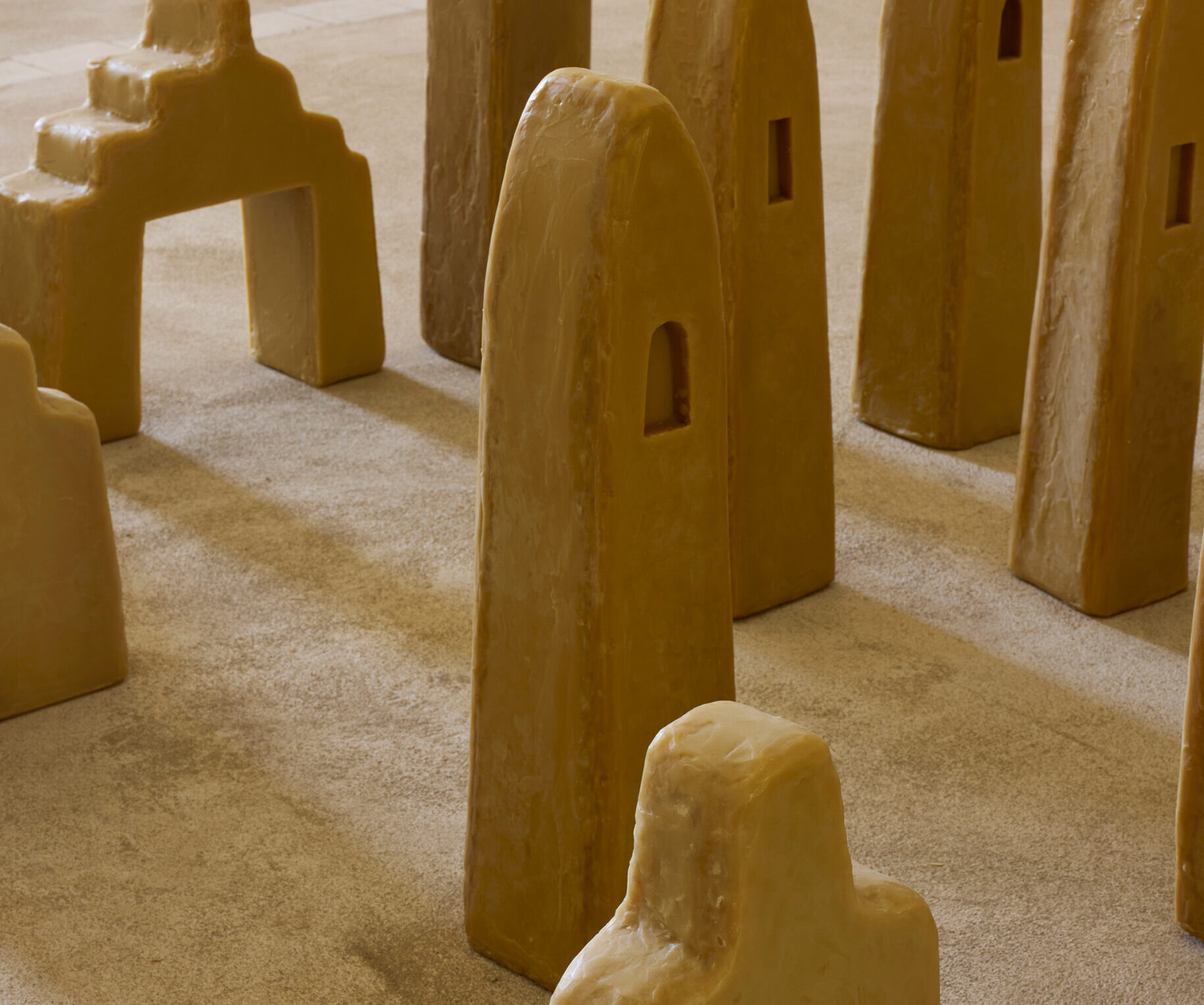
Nicolas Bellavance-Lecompte
The genesis of an obsession
Nicolas Bellavance-Lecompte is a renowned architect, curator and art director who stands as a prominent figure in the contemporary design scene. Known for his discerning eye as a collector, his Canadian roots contrast beautifully with his acquired Italian citizenship. He currently lives in Milan and is working on a new countryside home project in Sicily. In this idyllic setting, he finds the tranquility essential for his projects, always driven by an interest in ancestral origins.
Together with him, we delve into the development of an obsession, reflecting on how and why the spark of such a profound fixation ignites—a transformative journey that drives someone to pursue, invest in, and commit to a particular endeavor. We engaged in a captivating dialogue about the genesis of his passion for collecting and how his specific experiences in Africa and the Middle East have profoundly enriched his understanding of creativity and life.
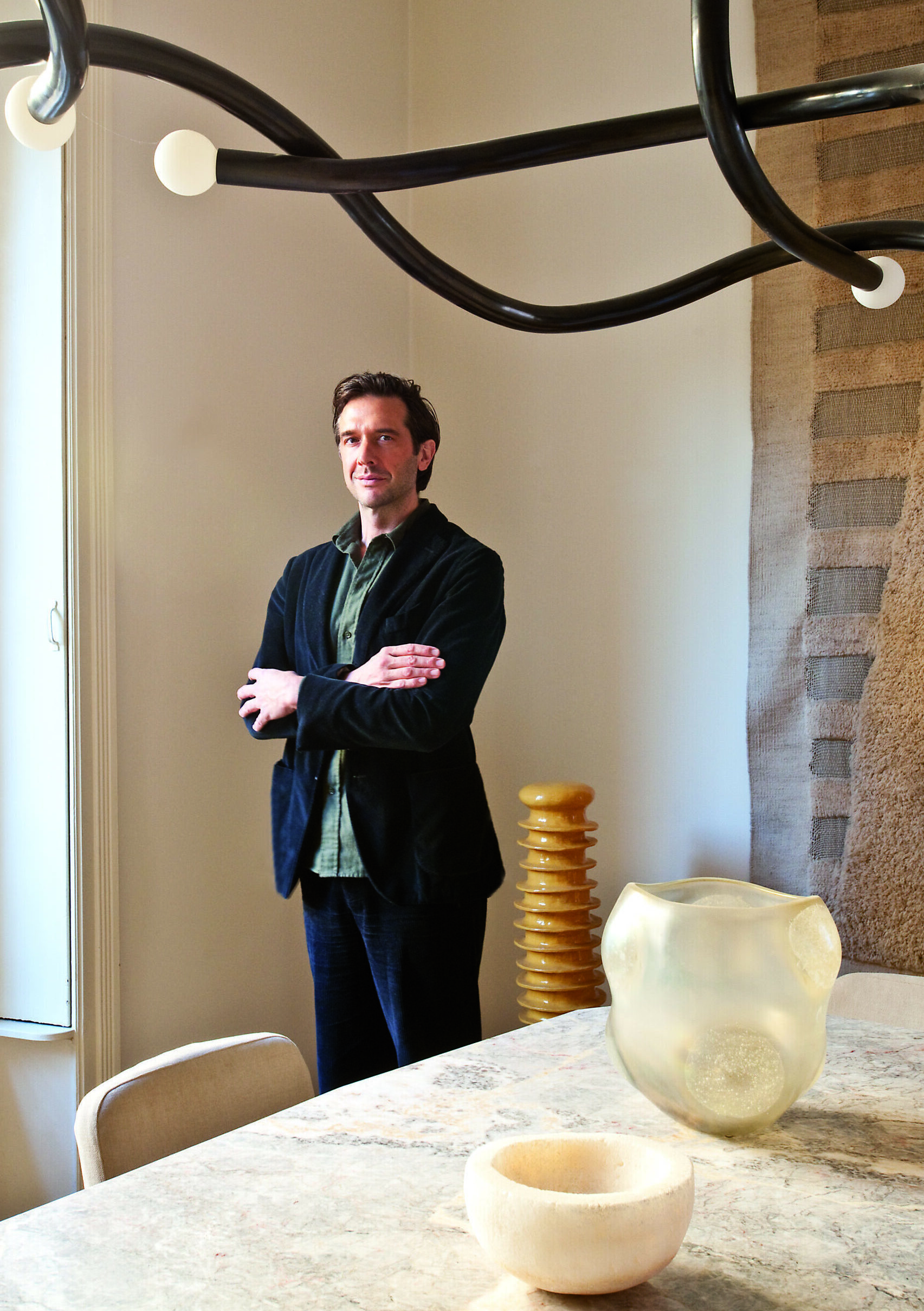
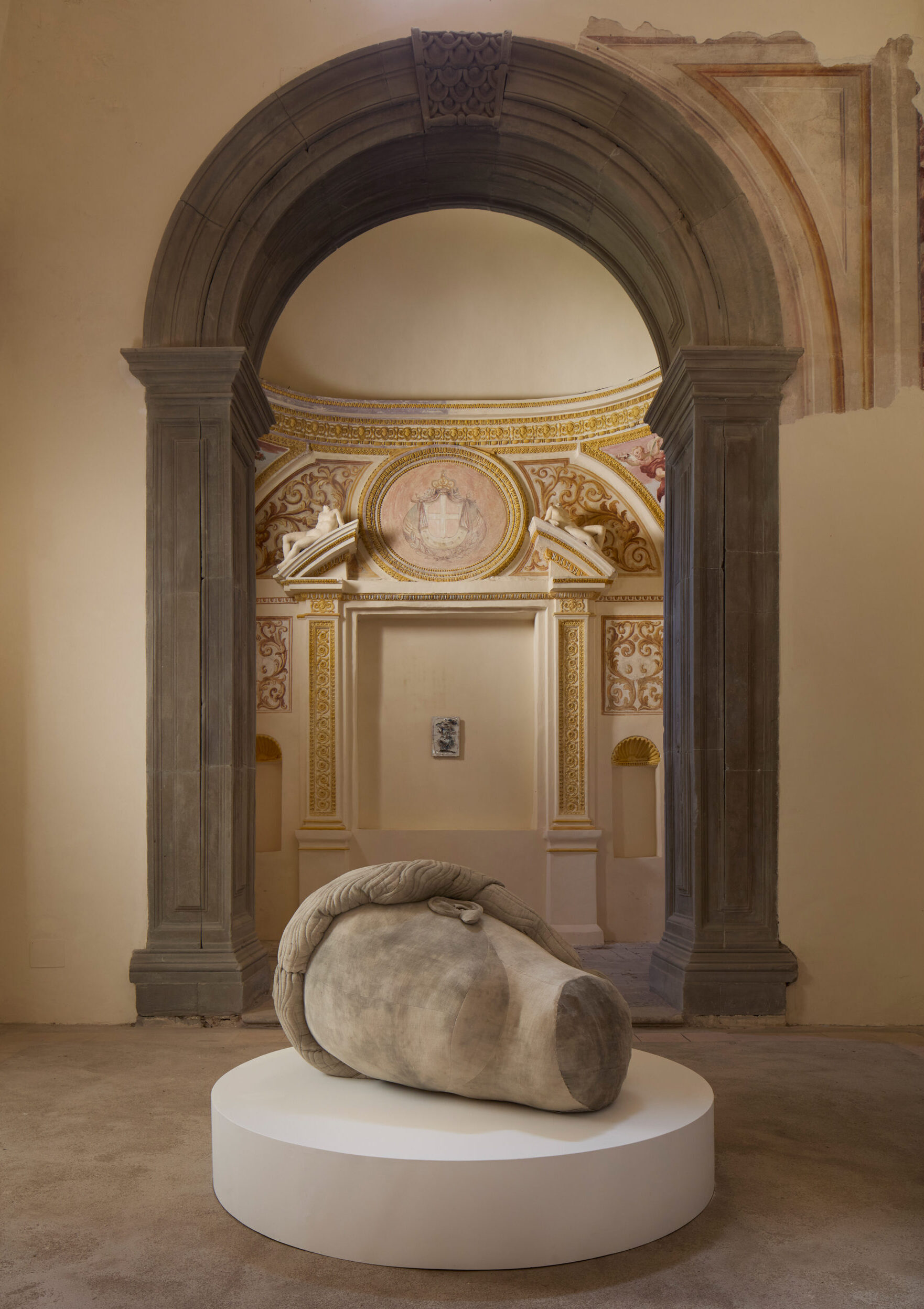
What was the first thing that you ever collected? Can you remember that moment?
It was likely second-hand furniture I found on the streets. I was twelve or thirteen, and I remember bringing home an eclectic mix of items. I stashed them in the garage, creating a makeshift collection of street finds: ceramic tables with intricate tiling, mirrors, chairs, and even vintage electric appliances from the 50s, 60s, and 70s that no longer worked but had timeless designs. In retrospect, this was the nascent stage of my passion for furniture and design.
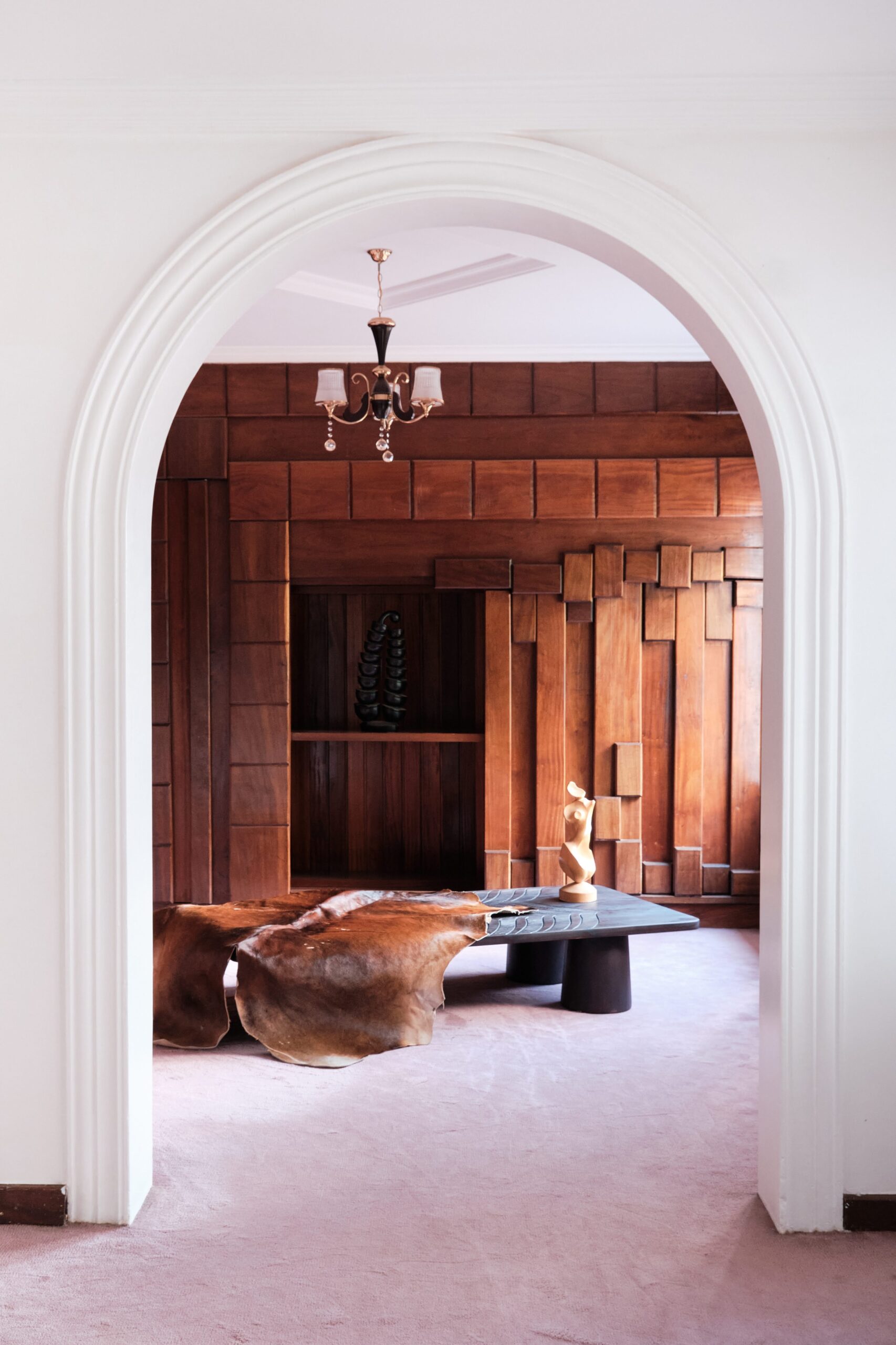 INTERLUDE RWANDA.
Interlude Rwanda is a series of exhibitions curated by Nicolas Bellavance-Lecompte,
featuring site-specific installations in art, design, and architecture, set against the
backdrop of Rwanda’s heritage sites. Entitled “Reconnecting Memory through Art,
Design, and Architecture,” the exhibition showcases bespoke installations that
explore Rwanda’s rich cultural heritage and stunning environments.
DESIGNER: PARADIS IMFURA NISHIMWE.
INTERLUDE RWANDA.
Interlude Rwanda is a series of exhibitions curated by Nicolas Bellavance-Lecompte,
featuring site-specific installations in art, design, and architecture, set against the
backdrop of Rwanda’s heritage sites. Entitled “Reconnecting Memory through Art,
Design, and Architecture,” the exhibition showcases bespoke installations that
explore Rwanda’s rich cultural heritage and stunning environments.
DESIGNER: PARADIS IMFURA NISHIMWE.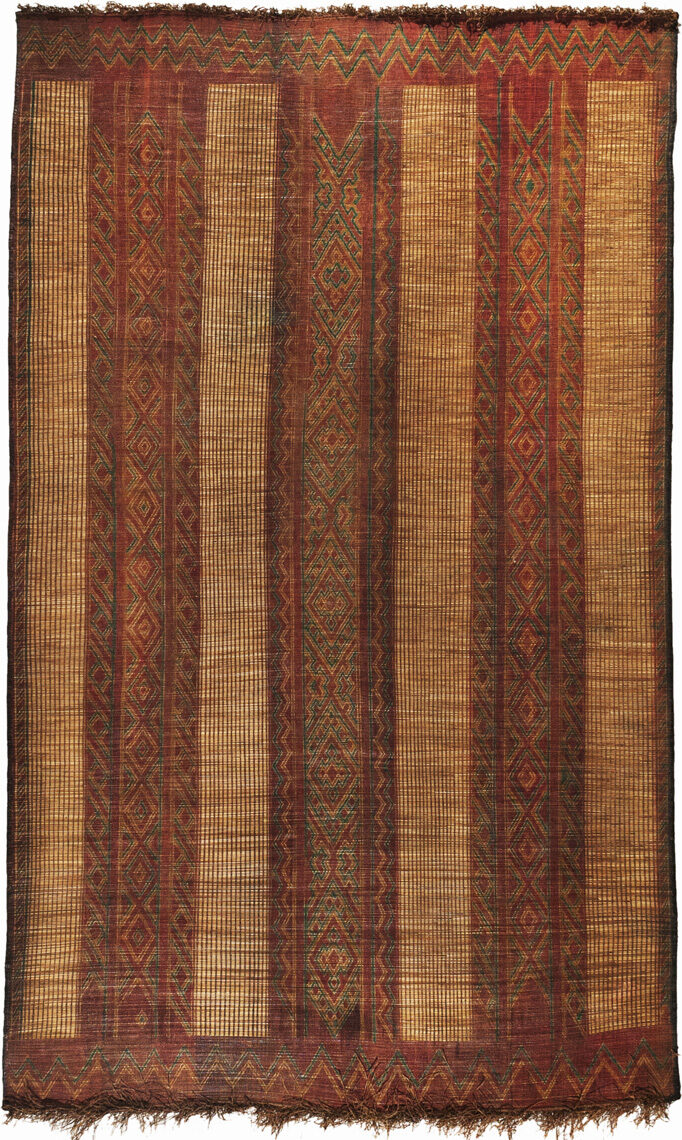 SAHARAN RUG, MAURITANIA.
Founded in 1997 by Raffaele and Elisa Carrieri out of their passion and research,
Altai Gallery has become a benchmark for primitive textile art. These textiles are
essential, abstract, and imbued with history and culture. Typical of the nomads
of the Mauritanian Sahara, these mats, made from palm wood and dromedary
or sheep leather, provided insulation from the sand and were easily transported
during caravan movements.
GALLERY: ALTAI GALLERY, MILAN.
SAHARAN RUG, MAURITANIA.
Founded in 1997 by Raffaele and Elisa Carrieri out of their passion and research,
Altai Gallery has become a benchmark for primitive textile art. These textiles are
essential, abstract, and imbued with history and culture. Typical of the nomads
of the Mauritanian Sahara, these mats, made from palm wood and dromedary
or sheep leather, provided insulation from the sand and were easily transported
during caravan movements.
GALLERY: ALTAI GALLERY, MILAN.How has your approach to collecting evolved over time?
In essence, my approach remains unchanged. Whether exploring global markets or embarking on projects, I am continually captivated by unique objects. The thrill I felt as a child at flea markets persists, albeit now informed by a deeper knowledge of global creativity. It’s an instinctive process, driven by the same desire to possess intriguing objects.
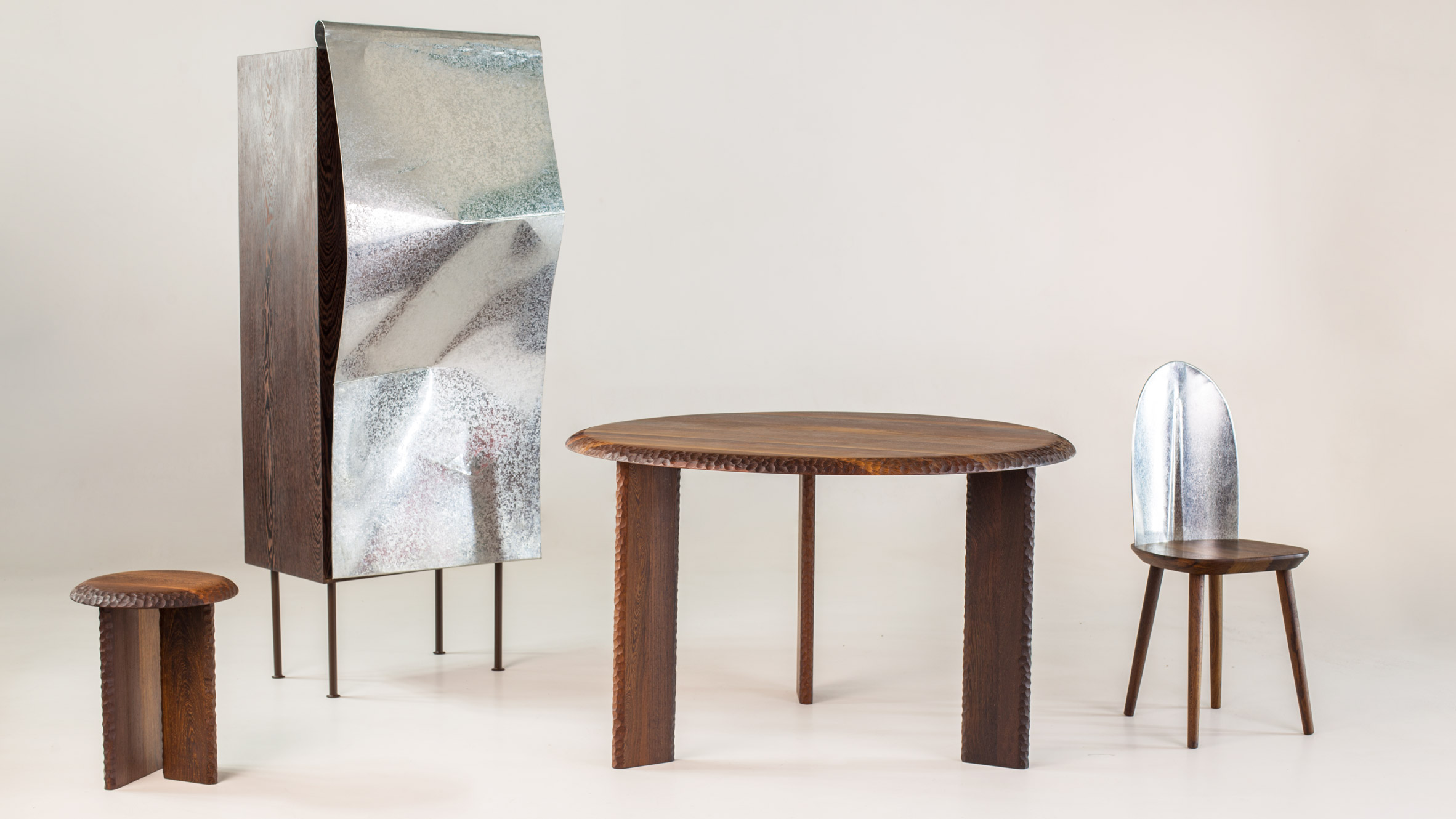 ZEZURU COLLECTION.
Self-taught designer and entrepreneur Peter Mabeo was born in Gaborone, Botswana in 1971.
In 1997, he began collaborating with local artisans in Botswana to create custom-made design
projects that ref lect both African craft expertise—woodworking, textiles, and basketry—and
the area’s larger culture.
DESIGNERS: INÈS BRESSAND, GARTH ROBERTS.
MANUFACTURER: MABEO FURNITURE.
ZEZURU COLLECTION.
Self-taught designer and entrepreneur Peter Mabeo was born in Gaborone, Botswana in 1971.
In 1997, he began collaborating with local artisans in Botswana to create custom-made design
projects that ref lect both African craft expertise—woodworking, textiles, and basketry—and
the area’s larger culture.
DESIGNERS: INÈS BRESSAND, GARTH ROBERTS.
MANUFACTURER: MABEO FURNITURE.Your selection for Openhouse Magazine prominently features Africa and the Middle East. What draws you to these regions?
Although I lack direct heritage from the Middle East or Africa, I’ve always felt a profound connection to these regions. Over the past decade, I have devoted considerable time to research projects here. The architectural elements and urban landscapes are immensely inspiring, as is the opportunity to introduce new talents and perspectives to a Western audience. The cultural immersion in these regions is transformative, revealing deep connections to nature, ancient traditions, and materiality.
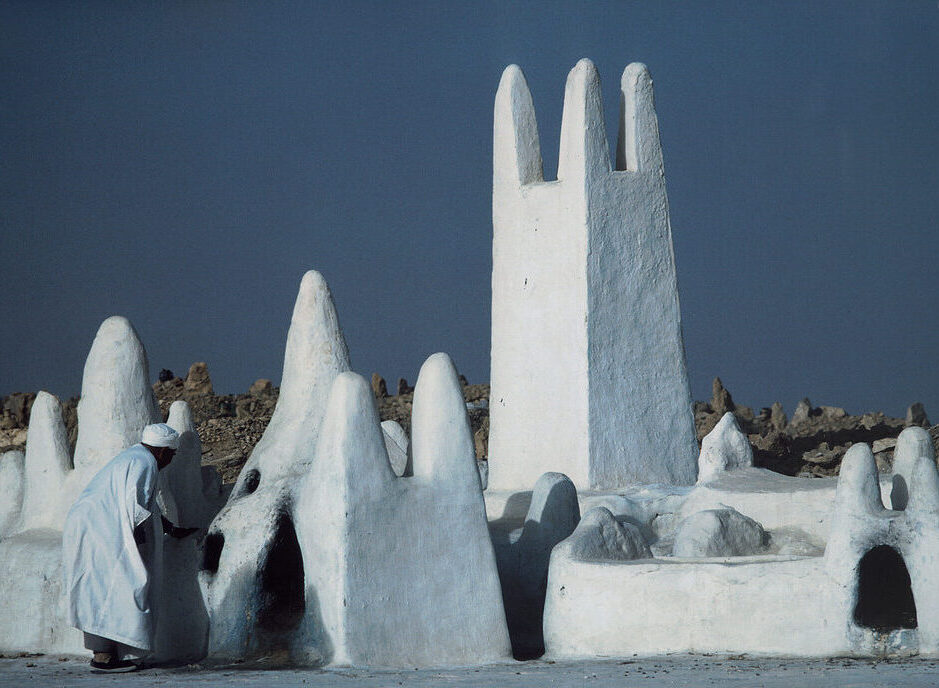 M’ZAB VALLEY.
The M’Zab Valley in Algeria is a traditional human habitat created in the 10th
century by the Ibadites. Preserved intact, the architecture is simple, functional, and
perfectly adapted to the environment. It inspired Le Corbusier during his travels
last century. Designed for community living while respecting family structures, the
M’Zab remains a source of inspiration for today’s urban planners.
LOCATION: M’ZAB VALLEY, ALGERIA (UNESCO WORLD HERITAGE SITE).
Photo by ©UNESCO
M’ZAB VALLEY.
The M’Zab Valley in Algeria is a traditional human habitat created in the 10th
century by the Ibadites. Preserved intact, the architecture is simple, functional, and
perfectly adapted to the environment. It inspired Le Corbusier during his travels
last century. Designed for community living while respecting family structures, the
M’Zab remains a source of inspiration for today’s urban planners.
LOCATION: M’ZAB VALLEY, ALGERIA (UNESCO WORLD HERITAGE SITE).
Photo by ©UNESCO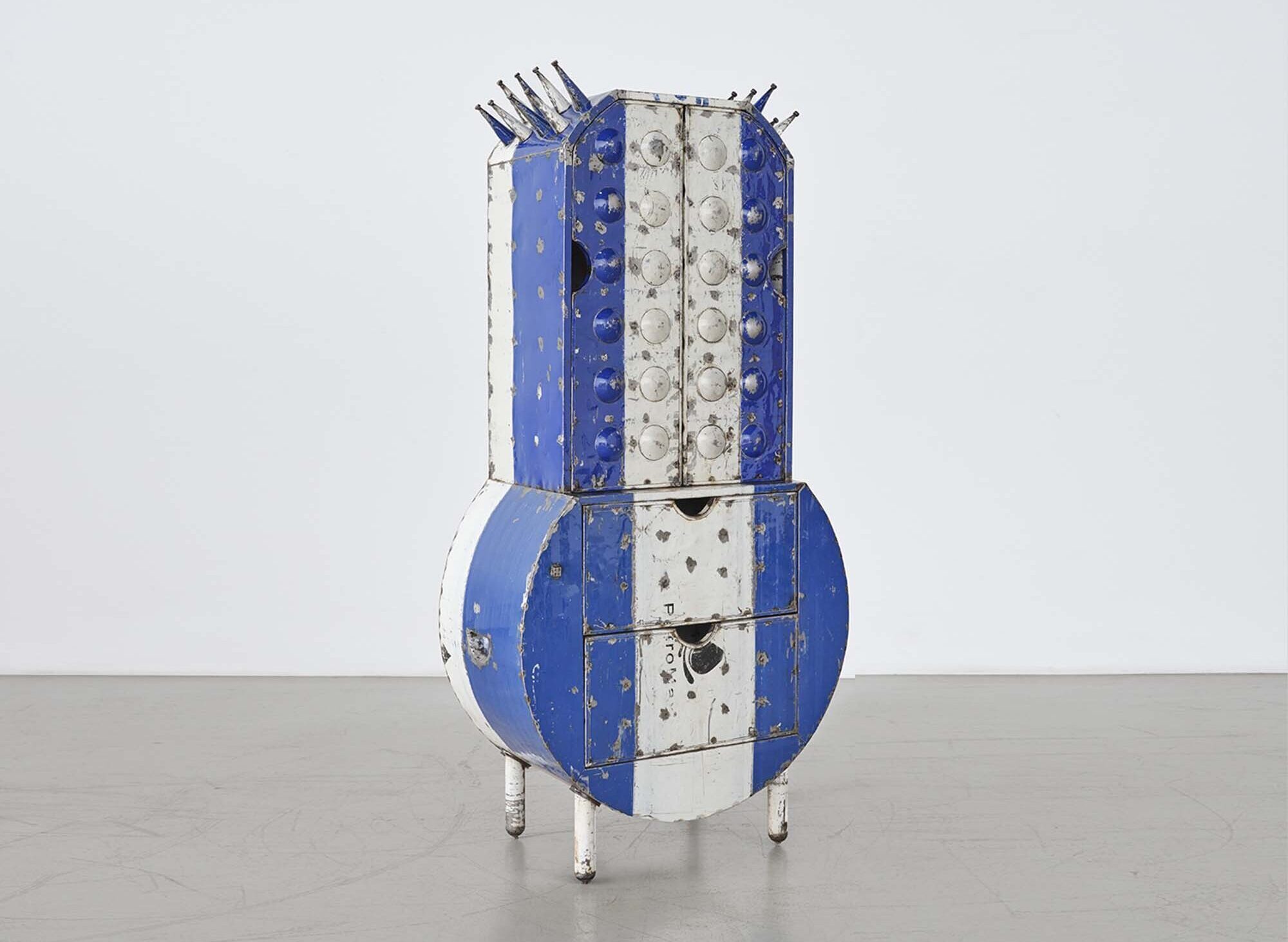 TOMBOUCTOU.
Hamed Ouattara (b. 1971, Ouagadougou, Burkina Faso) is a multidisciplinary artist
and designer. Known for using upcycled barrels and cans, Ouattara’s work directly
responds to his environment. His studio adapts production and distribution methods
to the local sociopolitical climate, contributing to a sustainable economy of reuse.
DESIGNER: HAMED OUATTARA.
TOMBOUCTOU.
Hamed Ouattara (b. 1971, Ouagadougou, Burkina Faso) is a multidisciplinary artist
and designer. Known for using upcycled barrels and cans, Ouattara’s work directly
responds to his environment. His studio adapts production and distribution methods
to the local sociopolitical climate, contributing to a sustainable economy of reuse.
DESIGNER: HAMED OUATTARA.How do art and design influence your daily life?
Creativity is omnipresent, even in the simplest objects, like a coffee cup. Every element of the environment can spark inspiration and fascination. My daily life is steeped in the aesthetics and functionality of the objects around me. From the architecture of my home to the design of everyday items, each piece contributes to a constant flow of inspiration. Art and design shape not only my professional projects but also my personal worldview, influencing how I perceive and interact with the world.
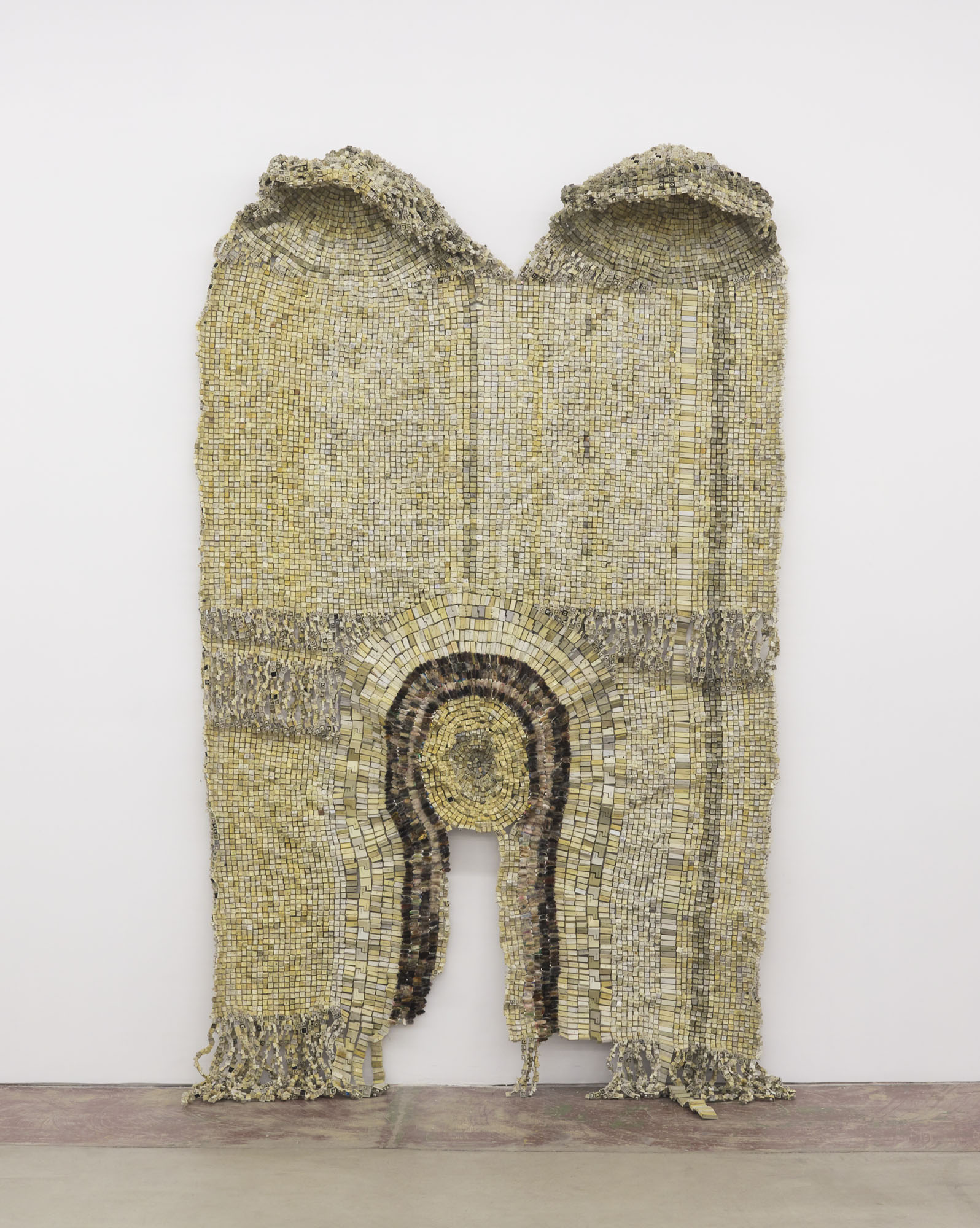 THE TWINS.
Moffat Takadiwa (b. 1983, Karoi, Zimbabwe) lives and works
in Harare, Zimbabwe. As part of the post-independence
generation of artists in Zimbabwe, Takadiwa has exhibited extensively both locally and internationally. He creates large-scale sculptural pieces from discarded materials, ranging from computer waste to aerosol cans and toothpaste tubes.
Takadiwa weaves these everyday objects into impressive
organic forms, evoking a sense of ritualistic minimalism or
jewel-encrusted excess.
ARTIST: MOFFAT TAKADIWA.
THE TWINS.
Moffat Takadiwa (b. 1983, Karoi, Zimbabwe) lives and works
in Harare, Zimbabwe. As part of the post-independence
generation of artists in Zimbabwe, Takadiwa has exhibited extensively both locally and internationally. He creates large-scale sculptural pieces from discarded materials, ranging from computer waste to aerosol cans and toothpaste tubes.
Takadiwa weaves these everyday objects into impressive
organic forms, evoking a sense of ritualistic minimalism or
jewel-encrusted excess.
ARTIST: MOFFAT TAKADIWA.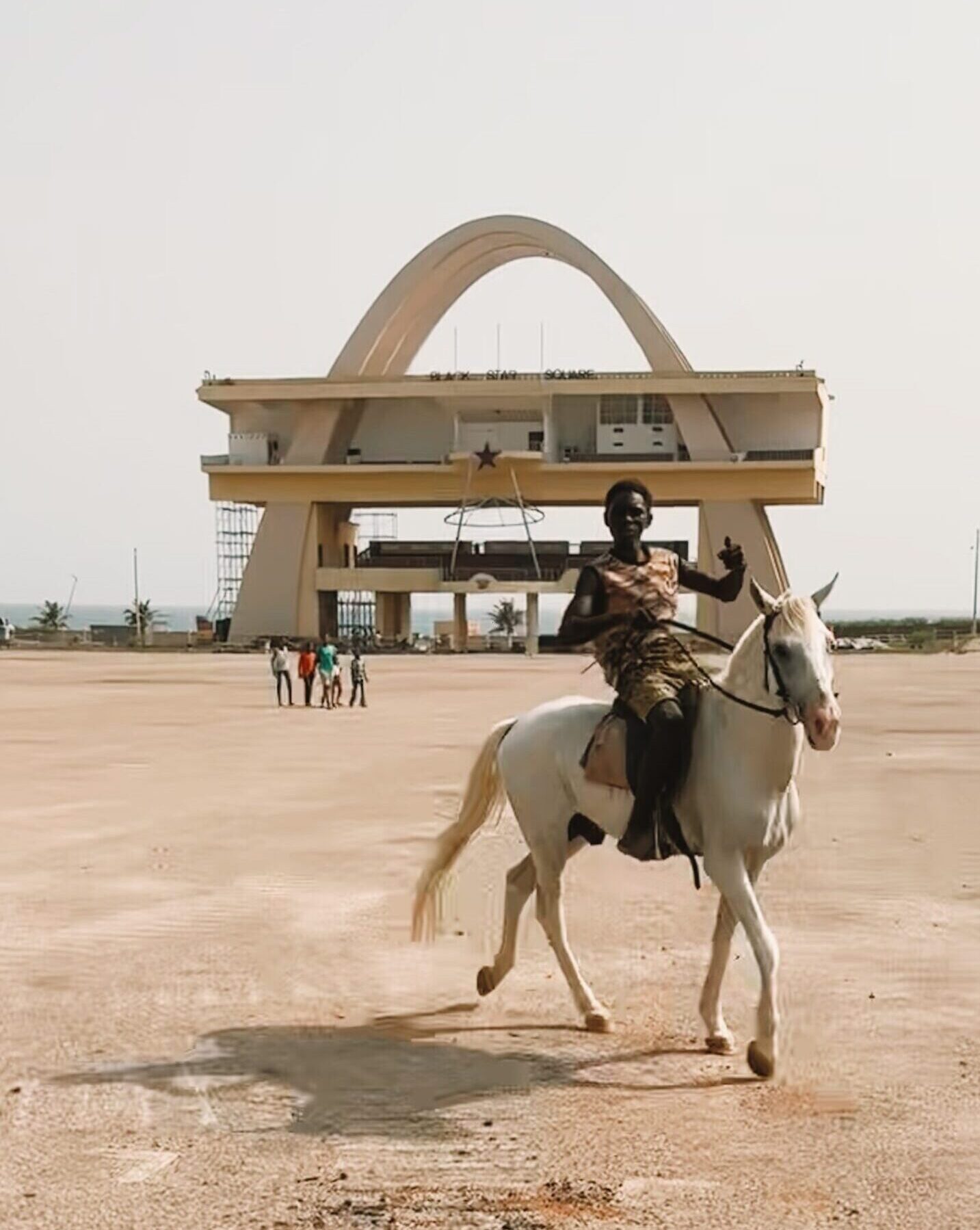 INDEPENDENCE ARCH, ACCRA, GHANA.
In the late 1950s and early 1960s, 32 central and sub-Saharan
African countries gained independence, sparking a continental
shift in how these nations presented themselves to the world.
Among the most impressive manifestations of their newfound
liberty were monumental architectural projects symbolizing
strong national identities.
ARCHITECT: JOHN OWUSU ADDO.
INDEPENDENCE ARCH, ACCRA, GHANA.
In the late 1950s and early 1960s, 32 central and sub-Saharan
African countries gained independence, sparking a continental
shift in how these nations presented themselves to the world.
Among the most impressive manifestations of their newfound
liberty were monumental architectural projects symbolizing
strong national identities.
ARCHITECT: JOHN OWUSU ADDO.



